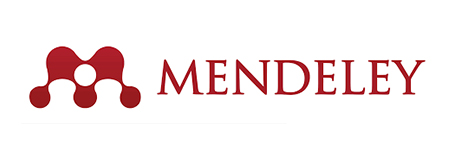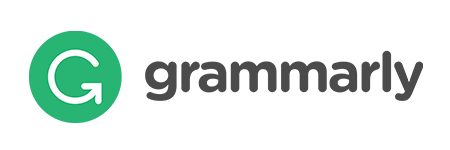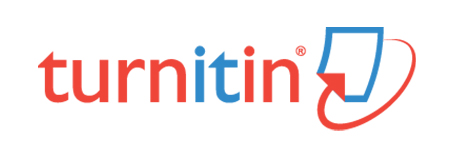Implementasi Blockchain untuk Transparansi dan Keamanan Rantai Pasok Komponen Elektronik
DOI:
https://doi.org/10.70716/jets.v1i1.59Keywords:
blockchain, supply chain, electronic components, transparency, security, smart contractsAbstract
The complexity and globalized nature of the electronic components supply chain presents numerous challenges related to transparency, traceability, and security. Current centralized systems are vulnerable to data manipulation and lack real-time visibility, resulting in counterfeiting and inefficiencies. This study aims to explore the implementation of blockchain technology in enhancing transparency and security within the electronic components supply chain. A qualitative method was adopted, involving literature reviews and case studies of leading blockchain adoption in electronics supply management. The research highlights how blockchain's decentralized and immutable ledger offers significant advantages in traceability, counterfeit prevention, and supplier accountability. Results show that incorporating blockchain into supply chain operations reduces data asymmetry and improves stakeholder trust. Furthermore, smart contracts enable automation of verification and payment processes, increasing operational efficiency. The study concludes that blockchain holds transformative potential in securing and optimizing electronic supply chains and recommends further development of interoperable standards and regulatory frameworks.
Downloads
References
Abeyratne, S. A., & Monfared, R. P. (2016). Blockchain ready manufacturing supply chain using distributed ledger. International Journal of Research in Engineering and Technology, 5(9), 1–10.
Apte, S., & Petrovsky, N. (2016). Will blockchain technology revolutionize excipient supply chain management? Journal of Excipients and Food Chemicals, 7(3), 76–78.
Casino, F., Dasaklis, T. K., & Patsakis, C. (2019). A systematic literature review of blockchain-based applications: Current status, classification and open issues. Telematics and Informatics, 36, 55–81.
Francisco, K., & Swanson, D. (2018). The supply chain has no clothes: Technology adoption of blockchain for supply chain transparency. Logistics, 2(1), 2.
Kim, H. M., & Laskowski, M. (2018). Toward an ontology-driven blockchain design for supply-chain provenance. Intelligent Systems in Accounting, Finance and Management, 25(1), 18–27.
Kshetri, N. (2018). Blockchain’s roles in meeting key supply chain management objectives. International Journal of Information Management, 39, 80–89.
Lu, Q., & Xu, X. (2017). Adaptable blockchain-based systems: A case study for product traceability. IEEE Software, 34(6), 21–27.
Min, H. (2019). Blockchain technology for enhancing supply chain resilience. Business Horizons, 62(1), 35–45.
Morkunas, V. J., Paschen, J., & Boon, E. (2019). How blockchain technologies impact your business model. Business Horizons, 62(3), 295–306.
Perboli, G., Musso, S., & Rosano, M. (2018). Blockchain in logistics and supply chain: A lean approach for designing real-world use cases. IEEE Access, 6, 62018–62028.
Reyna, A., Martín, C., Chen, J., Soler, E., & Díaz, M. (2018). On blockchain and its integration with IoT: Challenges and opportunities. Future Generation Computer Systems, 88, 173–190.
Saberi, S., Kouhizadeh, M., Sarkis, J., & Shen, L. (2019). Blockchain technology and its relationships to sustainable supply chain management. International Journal of Production Research, 57(7), 2117–2135.
Treiblmaier, H. (2018). The impact of blockchain on the supply chain: A theory-based research framework and a call for action. Supply Chain Management: An International Journal, 23(6), 545–559.
Wang, Y., Singgih, M., Wang, J., & Rit, M. (2019). Making sense of blockchain technology: How will it transform supply chains? International Journal of Production Economics, 211, 221–236.
Zhang, Y., & Wen, J. (2017). An IoT electric business model based on the protocol of bitcoin. Wireless Personal Communications, 88(1), 161–173.
Downloads
Published
How to Cite
Issue
Section
License
Copyright (c) 2025 Rizky Ananda, Kenzi Katon Rinjani

This work is licensed under a Creative Commons Attribution-ShareAlike 4.0 International License.








